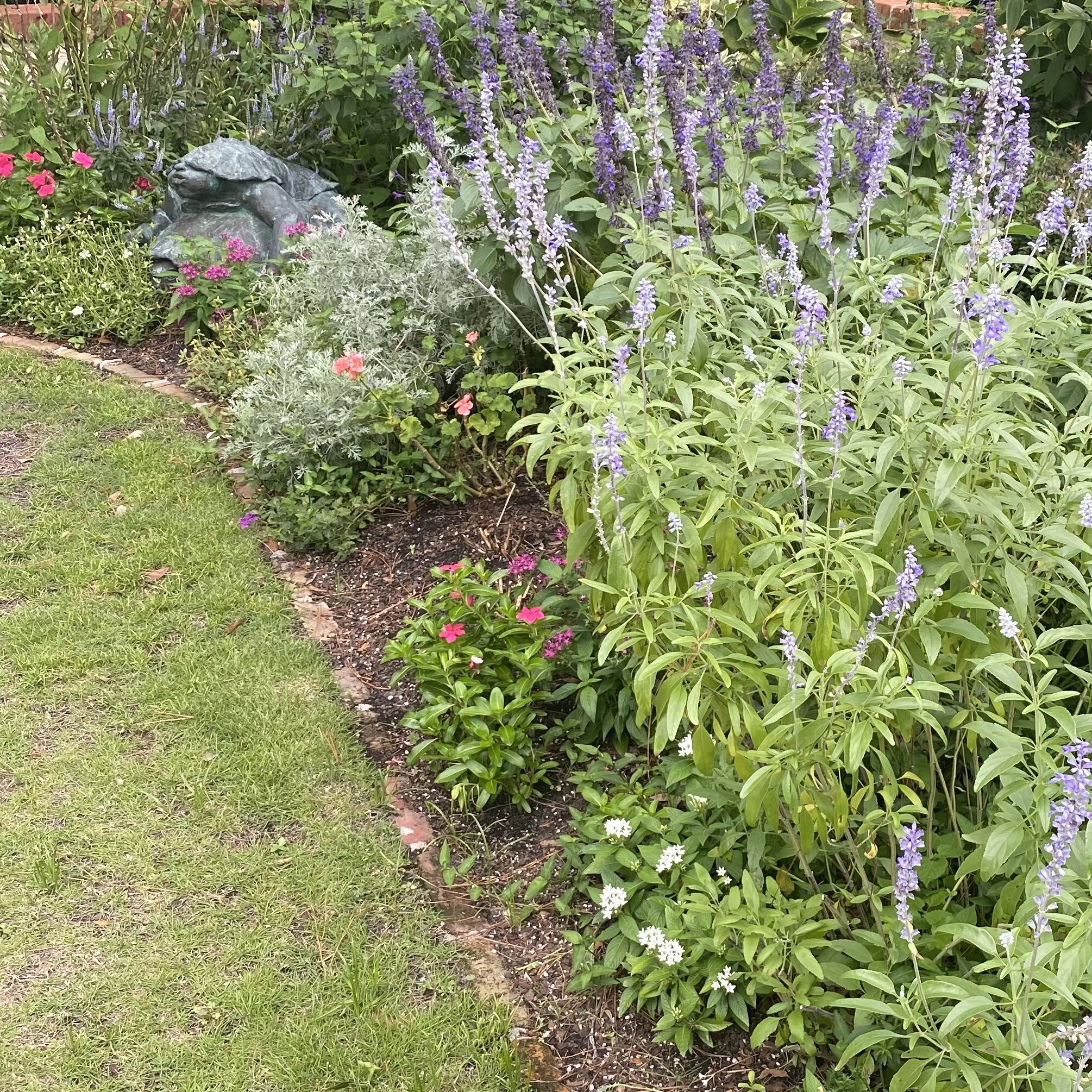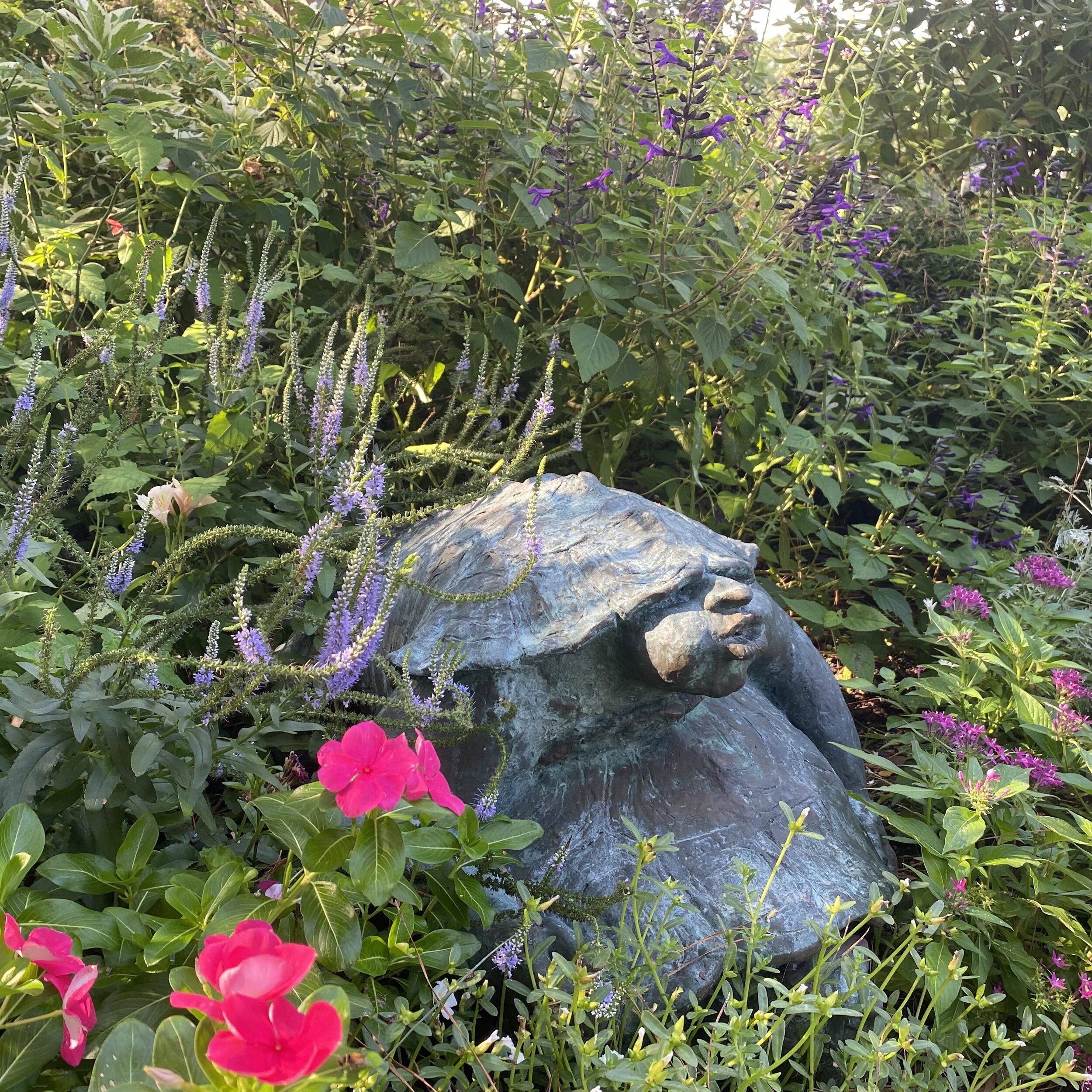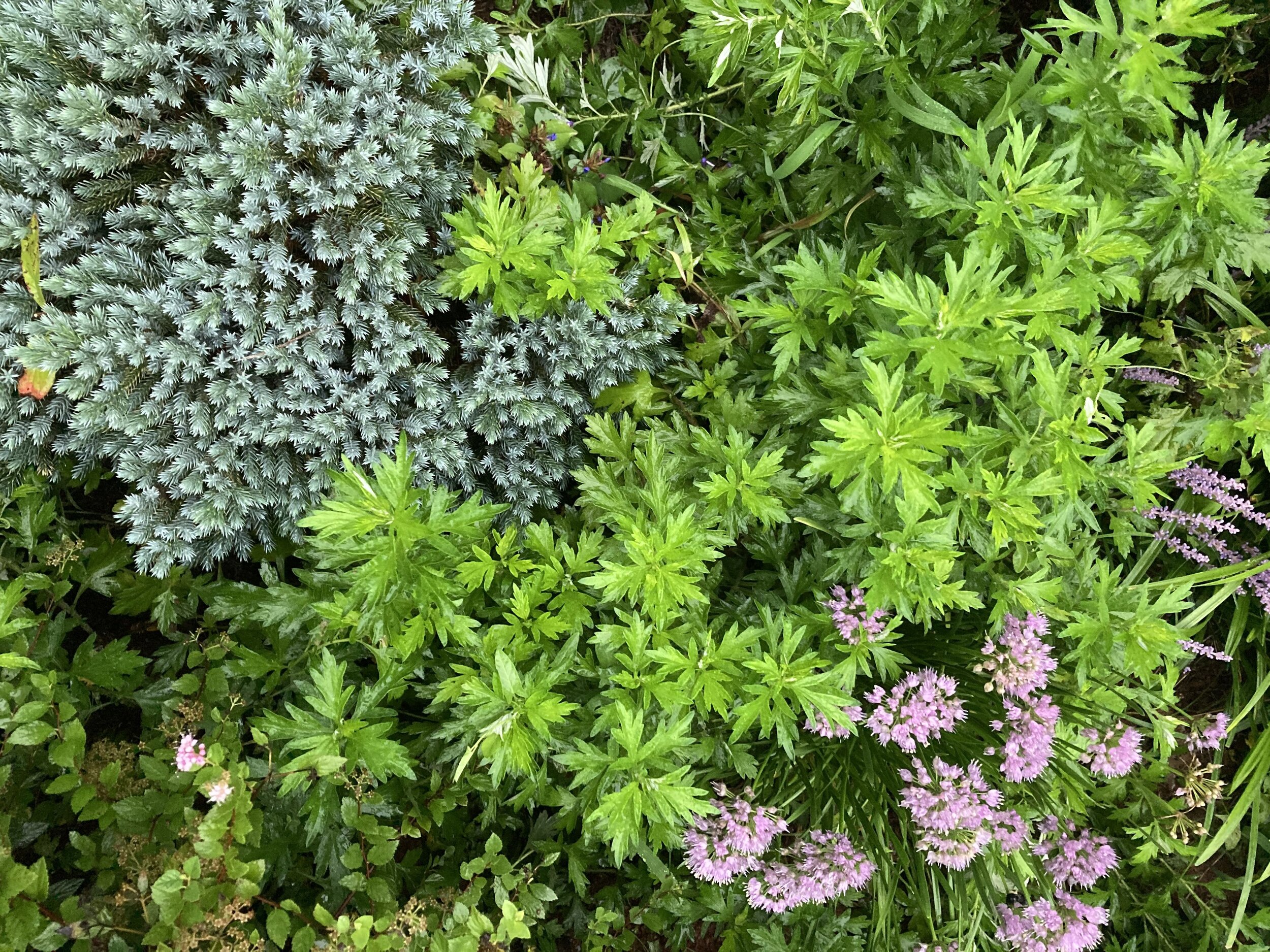Plant of the Week
As I say on the pod, I cannot tell a lie: General Washington did not lend a hand in helping me choose the Plant of the Week. Chosen because the last several weeks’ weather stymied me in terms of the fun of shifting, dividing, moving, or planting, I turned to propagating, and I will (should!) have dozens of coleus to play with in the fall containers and borders. More about that on The Play List. Coleus is a wonderful foliage plant for the following reasons:
It has a ridiculously long botanical name (Plectranthus scutellarioides) but also the good grace to be called the same common name by everyone, so as not to confuse us.
It can be grown in sun (with new cultivars, sometimes full on scorching sun) and shade.
It can be pinched to take on the shape you need.
The pinchings can provide new plants
It comes in every color imaginable!
Guest
Dean Norton has worked at Mount Vernon since 1969, and there is no mistaking the pride he takes in, the fun he gets from, and the knowledge he has of this amazing place. When you watch the video below, it sounds like we are authentically in a stage coach or something, but that is just the golf cart rattling. Washington paid special attention to how his home would be revealed to visitors, and you can see the tiny Mount Vernon through the non-windshield in the photo. From there, the traveler would go back into the woods, then later come up over the rise to see it again, then go back into the woods. Next time the visitor sees the house, the visitor has arrived. The General had a flair for the dramatic, it seems!
There are few trees that survive from Washington’s time, but I got to see two Tulip Poplar specimens. One was growing on the side of a road, and the root system adapted beautifully and architecturally. The other is growing between the Bowling Green and the Upper Garden, below. There are only about 7 trees left from Washington’s time, and Dean and his crew look after them carefully.
Can you see the dramatic appearance of Mount Vernon, looking tiny between the trees way back there?
One of the Tulip Poplars from George Washington’s time. This one’s root system adapted to being beside a road.
One of the famous fleur de lis in the Pleasure Garden. Buxus ‘Morris Dwarf’
Another of the ‘witness Tulip Poplars
The Play List
Not much to say except to keep watering until the weather breaks, but here is a photo that will help you understand the easy steps of propagating coleus.
1, Top left: snap the top of the plant off, just above a leaf node
2. Top right: admire your specimen, then remove most of the leaves
3. Bottom left: admire your new scalped specimen, happy in the knowledge that you have removed most of the foliage it would have to work hard to keep alive
4. Bottom right: plant the soon-to-be plant, and keep watering
Listen
Andrea Wulf has written lots of books that you should read, but the one that I will recommend this week ties in well with the General, and it is ‘Founding Gardeners’, which outlines the contributions of Washington, Jefferson, Adams, and Madison.




















